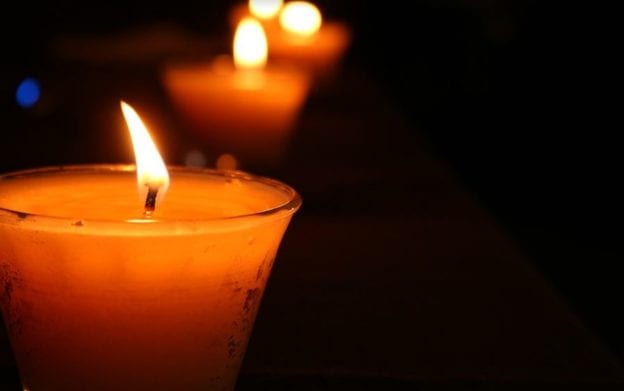Good end of life care before death and cremations in College Park, MD may make our memories of our loved ones’ lives happier. In research from the Madame Curie charity (a UK organization that provides support for terminally ill patients and their families), more than a third of people surveyed felt that inadequate or poor end of life care besmirched the good memories they had of their loved ones.
For about a fifth of those surveyed, improved end of life care would have helped them remember their love ones with better and happier memories.
80% of those surveyed tied their good memories of the lives their loved ones lived to good and positive end of life care. Those same people believed that because their loved ones got excellent end of life care, they were better equipped to more easily move through the grieving process after their loved ones died.
The research suggests that how well our loved ones are taken care of by hospice or hospital organizations while they’re dying is directly related to how positively we remember their entire lives. There is some suggestion in this research that even in relationships that were not always easy, better memories could be formed if the loved one received good end of life care.
Losing a loved one is a traumatic and life-changing event. Emotions flood in and overwhelm people even before their loved ones have died. Those emotions just get stronger after death, and if end of life care was not adequate and it didn’t serve the loved ones and their families well, it can have damaging effects on how the loved ones are remembered by their families.
If anger swells every time the thought of the last few weeks, days, hours of a loved one’s life comes to mind because the hospice group or hospital staff was inattentive or even negligent, then it’s less likely that good memories of the entire life of our loved one will be able to come to the surface.
With the right care and support, the dying process can be calm and peaceful. The reality is that not all hospices and hospitals are equal, and while some provide excellent care, others do not. It can also be that you have acute home health care (just after a hospital stay), palliative home health care (continuous care after there’s no need for acute care and until hospice care is needed) and hospice care units within the same organization. But they all operate independently of each other.
The acute and palliative home health care could be wonderful, while the hospice care might be abysmal, or vice versa. It’s imperative to know that we have, as advocates for the ones we love, the right to fire any group that’s not providing quality care and replace them with an organization that will.
The last days of someone’s life are too important not to ensure that they have the best care available. And with the research showing the impact of that care on our memories of our loved ones’ lives as well as how well we are able to get through the intense grieving period, it’s just as important to us that our loved ones get good end of life care.
If you’d like more information about cremations in College Park, MD you can talk with our expert staff at Donald V. Borgwardt Funeral Home, P.A. You can drop by our funeral home at 4400 Powder Mill Rd., Beltsville, MD, 20705, or you can contact us today at (301) 937-1707.





